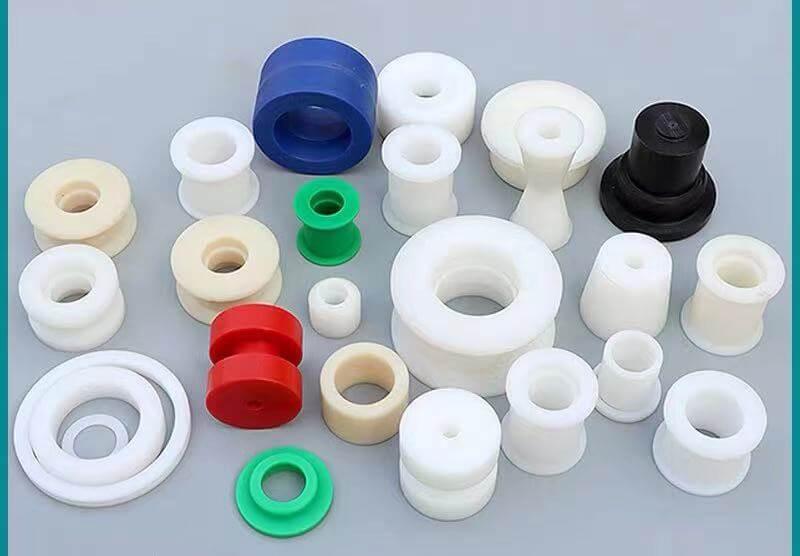Plastics are ubiquitous in countless industrial and consumer products today. Two of the most common plastics used in manufacturing are POM (polyoxymethylene) and nylon. These plastic materials each offer distinct mechanical, thermal, chemical and economic characteristics. When selecting between POM or nylon for an application, it is crucial to understand their relative strengths and limitations. This article provides a detailed comparison of POM and nylon properties to help guide your material selection.

POM and Nylon Property Comparison: Strength and durability are key considerations for most applications. In general, POM plastics exhibit very high tensile strength and rigidity. POM has impressive creep resistance and fatigue endurance compared to other thermoplastics like nylon. POM's high modulus of elasticity results in excellent dimensional stability under load. In contrast, nylons boast high toughness and impact strength with good ductility and elasticity. While nylon has greater resilience against fracture, POM's superior rigidity makes it better for load-bearing parts.
From a thermal perspective, POM maintains its excellent mechanical properties at elevated temperatures up to 175°C. It retains dimensional stability and strength when exposed to hot water or steam. Nylon has a much lower melting point around 220°C, limiting its use in high temperature environments. In chemically aggressive conditions, POM demonstrates broad chemical resistance, especially to acids. Nylon is particularly resistant to oils, greases, and other organic compounds.

When it comes to surface hardness, POM generally has a harder surface than nylon. The high degree of crystallinity in POM results in good surface wear properties and abrasion resistance. For nylon, additives are often used to improve surface hardness and wear resistance. Lastly, nylon has inherently better UV light stability over POM, an advantage in outdoor applications.

POM and Nylon Machining Differences: Ease of machining is another key factor in plastic selection. POM is notoriously easy to precisely machine into complex geometries with clean, crisp edges. Its high thermal conductivity prevents localized melting in machining. Tool wear is generally lower with POM, maximizing productivity. In contrast, nylon is more prone to smearing and melting due to its lower thermal conductivity. Nylon's tendency to grab and stick to cutting tools accelerates tool wear.
From a durability standpoint, POM has very high fatigue strength allowing it to endure cyclic stress applications. The acetal polymer in POM resists creep and deformation better than nylon over prolonged use. For low friction sliding applications, nylon's higher water absorption can lead to dimensional changes and poorer performance compared to POM.
POM and Nylon Application Examples: The balance of properties make POM ideal for precision gears and other dynamic load components. POM's high rigidity suits precise, low-backlash gearing applications. For food contact applications, POM complies with FDA regulations for repeated use. Nylon is not recommended for food contact. In automotive engines, nylon's heat and UV resistance serve well in air intake manifolds and other under-hood components.

To conclude, understanding the nuanced differences in material characteristics between POM and nylon is imperative for selecting the optimal plastic. Matching the mechanical, thermal, chemical and economic requirements of the application with the inherent capabilities of the material will lead to a successful design. Always consult manufacturers' data sheets and plastic selection resources when making a choice. We hope this comparison provides greater clarity when deciding between POM or nylon for your next project.







